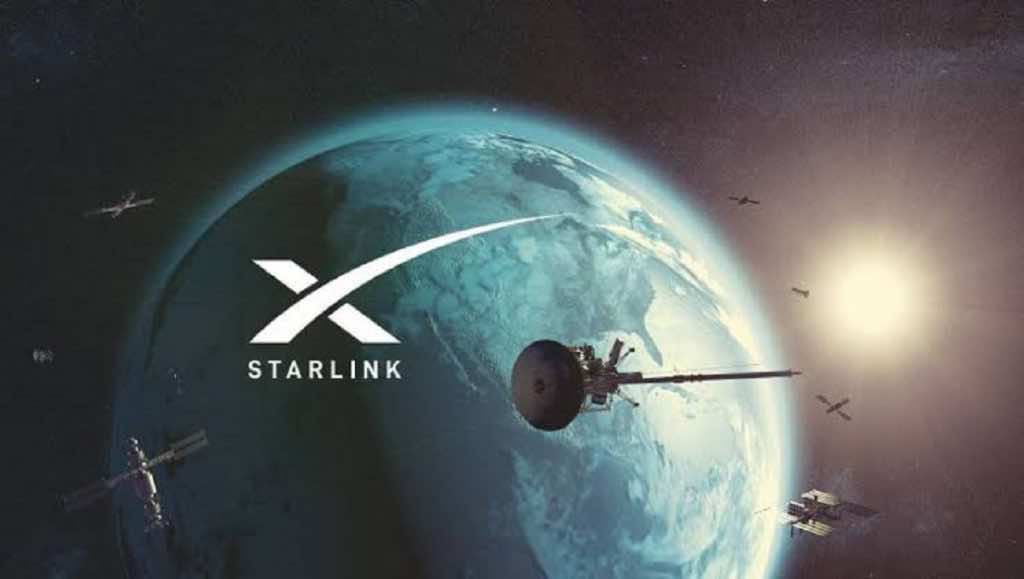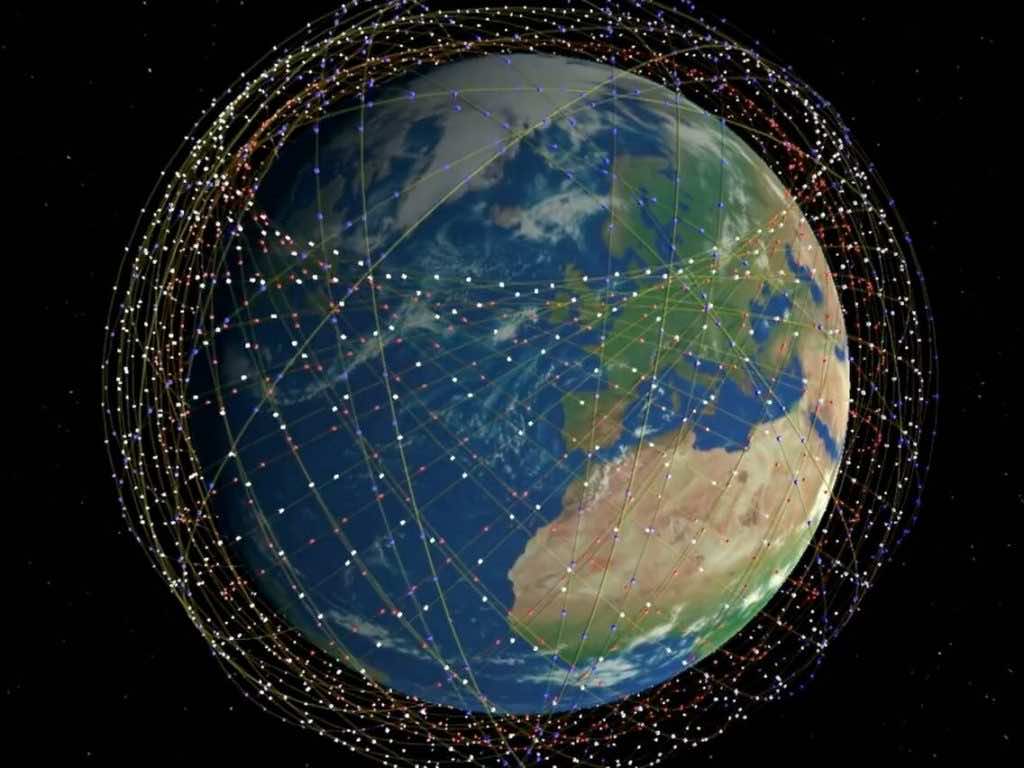SpaceX’s Starlink internet service is designed to provide you internet globally, anywhere in the world, using an array of satellites that will be in low orbit around the Earth. Starlink company president Gwynne Shotwell said a week ago that Starlink was aiming for a September timeframe for continuous global coverage. But now it seems that the date has been pushed forward by at least a month.
This news came from the techno king himself, Elon Musk. Musk gave a keynote speech at the Mobile World Congress or MWC which was held in Barcelona. He announced a major update to Starlink’s global coverage and deployment timeline. He said that “In August we should have global connectivity everywhere except the poles”. While this isn’t global per se but it does mean that the date has been pushed from September to August.

Other things mentioned by Musk also include plans to lower the overall cost for a Starlink installation. Which is kind of costly right now at $99 for a monthly subscription and the equipment needed to use it will cost $499 more. The kit includes a tripod, WiFi router, and terminal to connect to the satellites. SpaceX is trying to enhance the utility of the terminal as well.
According to Musk, “You can think of Starlink as filling in the gaps between 5G and fiber”. He added that “We’ll have 500,000 users within 12 months. It’s growing rapidly, and we’re continuing to [roll out] the user terminal”. He said that Starlink is also aimed at that three or five percent of the population that really needs a high-speed broadband internet connection and but can’t get it due to geographical reasons or whatever.

Regarding the terminal cost, Musk said that “We’d like to reduce the cost of the terminal from $500 to $200 or $350 or something like that. Our customers will very often live in remote regions. Sometimes they’re up in a cabin up in the mountain that doesn’t even have electricity!”. He said that their goal is to make setting up as easy as possible. His exact words were that you should be able to point it at the sky and plug it in.
SpaceX is also considering potential partnerships with well-known mobile operators. He said that “We have two quite significant partnerships that — with major country telcos and we are in discussions with others. This is helpful because a number of countries have requirements that — in order to receive a 5G license, you also have to provide rural coverage. So sometimes urban customers end up subsidizing rural customers”.
Countries currently running the Starlink beta include Australia, the US, New Zealand, and parts of Europe.


